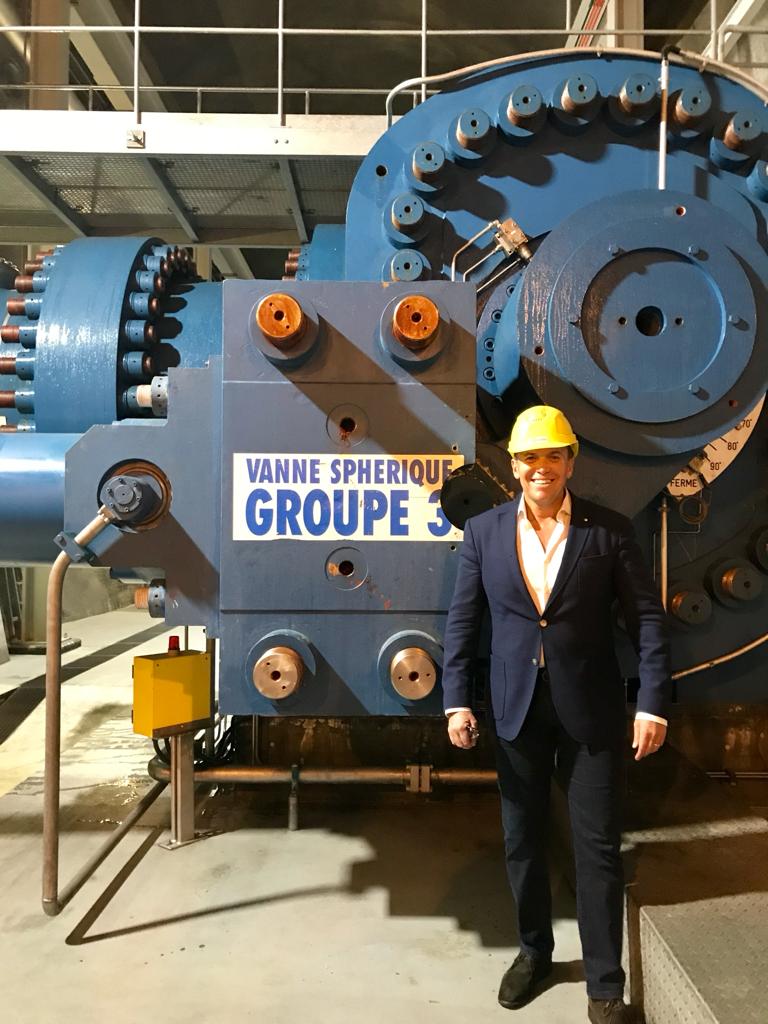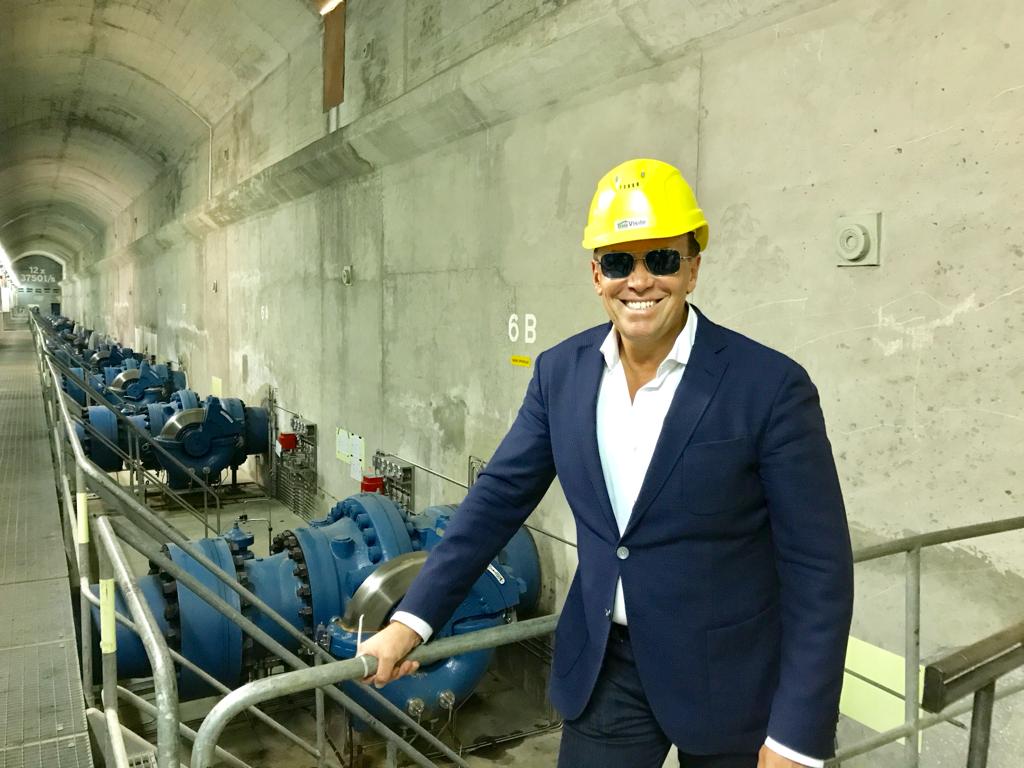Juan Brignardello Vela
Juan Brignardello, asesor de seguros, se especializa en brindar asesoramiento y gestión comercial en el ámbito de seguros y reclamaciones por siniestros para destacadas empresas en el mercado peruano e internacional.




The Port of Chancay, an ambitious project by the Chinese state-owned company Cosco Shipping in collaboration with the mining company Volcan, will become a key milestone for trade and the economy of Peru when it is inaugurated on November 14 during the Asia-Pacific Economic Cooperation (APEC) Leaders' Summit. This event not only symbolizes the opening of a new port infrastructure but is also expected to propel the country towards its aspiration of becoming a regional hub, especially connected to the dynamic Asian market. Initial projections for the Port of Chancay are promising, with estimates indicating that around one million containers and six million tons of non-mineral bulk goods will be mobilized in its first year of operation. This significant volume indicates the potential the port has to transform the dynamics of trade in the region, offering not only an outlet for Peruvian products but also for those from other South American countries looking to take advantage of this new infrastructure. One of the most notable features of the Port of Chancay is its impressive draft of 17.8 meters, which will allow the arrival of large-capacity vessels capable of transporting between 18,000 and 24,000 containers. This technical characteristic positions itself as a key factor in improving the competitiveness of Peruvian products in the international market, as highlighted by Edgar Vásquez, director of the Center for Research in Global Economy and Business of the Exporters Association (CIEN-ADEX). According to Vásquez, the ability to transport goods to the Asian continent in just 25 days provides Peruvian exporters with a significant advantage in terms of costs and delivery times. However, experts warn that the success of the Port of Chancay does not solely depend on its operational capabilities. The infrastructure alone will not ensure that Peru becomes a regional port hub. It is vital to develop and strengthen land and maritime transport connections. This includes improving roadways as well as creating a railway network that enables efficient flow of goods to and from the port, thereby facilitating access for other countries in the region. In addition to physical infrastructure, streamlining procedures related to foreign trade and improving the efficiency of border controls are critical aspects that must be addressed by the Peruvian government. These factors will not only affect the transit time of goods but will also influence the international perception of Peru as a reliable and efficient commercial destination. On the other hand, connectivity with Brazil is emerging as a key area for development. In this regard, the Interoceanic Highway could play a fundamental role by facilitating the arrival of Brazilian products to the Asian market through the Port of Chancay. This strategy would not only benefit Brazil but could also consolidate Peru as a strategic access point in the global supply chain. The initial investment by Cosco Shipping, amounting to US$1.3 billion, has been allocated for the construction of four automated docks, but the master plan envisions a total expenditure exceeding US$3.5 billion. This ambitious project includes the construction of a total of 15 docks in future phases, spread over an area of 280 hectares, which will further strengthen the port's position as a key logistics node in the region. As the inauguration of the Port of Chancay approaches, expectations among business and government sectors are growing. However, the implementation of structural reforms and improvements in transportation infrastructure are necessary steps to ensure that this new facility not only serves as a transit port but becomes a true regional trade hub that boosts the country's economy. The development of Chancay is not only an advance in terms of infrastructure but also an opportunity for Peru to enhance its competitiveness in the international arena. Collaboration between the public and private sectors will be crucial to maximize the benefits that this new port terminal can offer. The focus now is on how the country will manage this transformation and fully capitalize on the upcoming opportunities.
Inauguration Of The Port Of Chancay: A Milestone In Infrastructure And Global Security.

The Lack Of Water Will Result In Losses Of S/ 250 Million.

Tax Incentives Exceeded S/ 100 Billion In The Last Five Years: What Are They Made Up Of?



